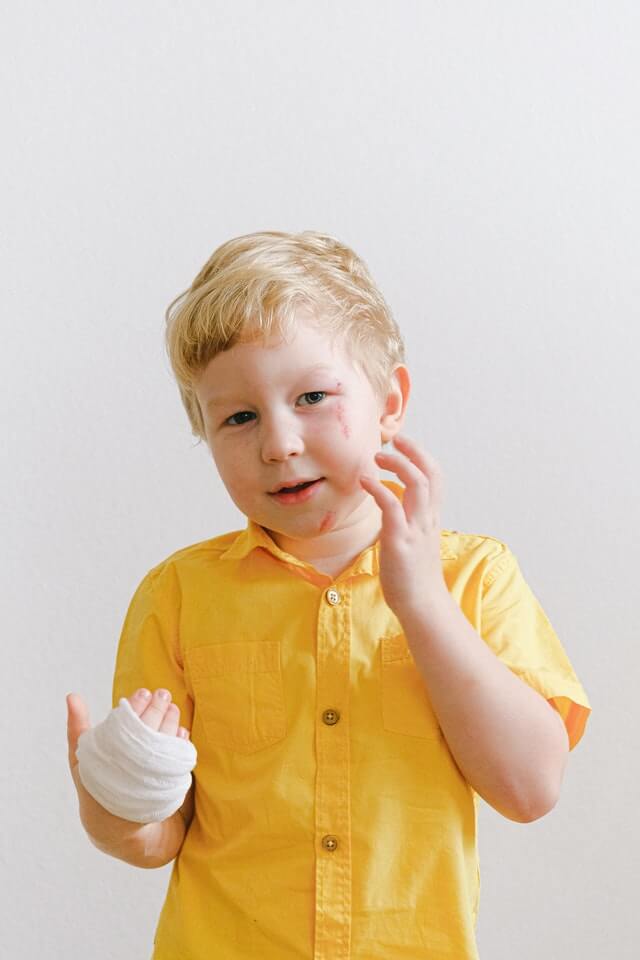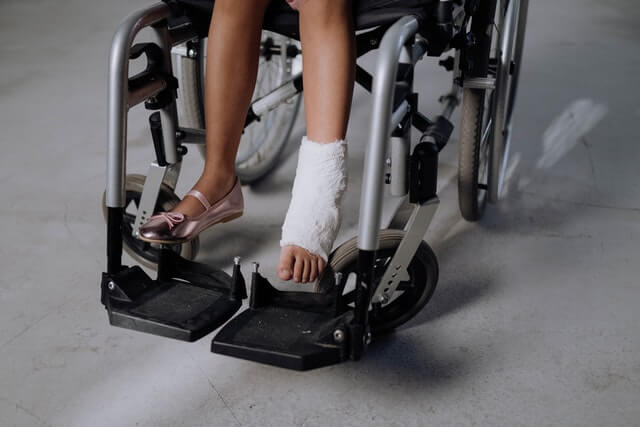Did you know that thousands of children die per year from unintentional injuries?
While childhood deaths have been decreasing over the past decade, childhood injuries still occur with some frequency in all types of kids’ activities. Understandably, loving parents want to know how to help their kids avoid the risk of injury and death.
While you can’t eliminate all risks, you can decrease the likelihood of injuries happening to your children. Keep reading to learn how.
1. Cuts, Scrapes, and Bruises
As kids are playing, they’re bound to pick up a few bumps and bruises along the way. Cuts, scrapes, and bruises are incredibly common childhood injuries, but they’re also the most likely to heal quickly and without incident.
The best way to minimize these kinds of childhood injuries is to child-proof your home.
Put outlet covers in all exposed outlets. Cover all sharp furniture corners with baby-safe padding. Get child-proof locks for your cabinet doors to decrease access to sharp kitchen objects.
2. Broken Bones
If you have a rough-and-tumble child, you’re likely to deal with at least one broken bone in their life.
At home, use gates and closed doors to block access to stairwells that could facilitate a fall. Make sure your child uses appropriate protective padding when playing sports or riding a bike. Encourage your child to take their time and think about safety before engaging in dangerous activities with their friends.
Unfortunately, even the best playground safety practices can’t keep your child from avoiding broken bones their entire life. Thankfully, children’s therapy is available at many physical therapy clinics. Professionals there can help your child recover from almost any common childhood injury.
3. Choking
When babies are teething, they’ll stick almost anything in their mouths. With specially-made teething toys, this presents no issue. With smaller objects, though, this can cause big trouble.
Never leave a child, especially an infant, unattended for more than a few seconds at a time. Additionally, make sure you’re only giving your child age-appropriate toys to play with. Save the small, bite-sized toys for when your child is school age and above.
Finally, always cut up their food into small enough pieces that it doesn’t present a choking hazard.
4. Impact Injuries

Broken bones aren’t the only injury that can happen from a fall or impact. Concussions, breathing problems, and internal bleeding are just a few of the things that can happen to a child’s body after experiencing a major impact.
Again, you can avoid many at-home impact injuries by keeping your child attended to at all times. In contact sports, kids should always wear protective equipment and follow the instructions of their coaches.
If your child has experienced an impact and starts to develop symptoms like nausea, dizziness, or other signs of trauma, get them seen by a specialist as soon as possible.
Childhood Injuries: Decrease Their Impact
These are the most common childhood injuries you’re likely to come across during your parenting journey. Don’t worry! With a little foresight and planning, you can help your kids avoid the most serious consequences of these injuries and let them have fun while staying safe.
Looking for more parenting advice? Look through the other articles on the site for more tips!




